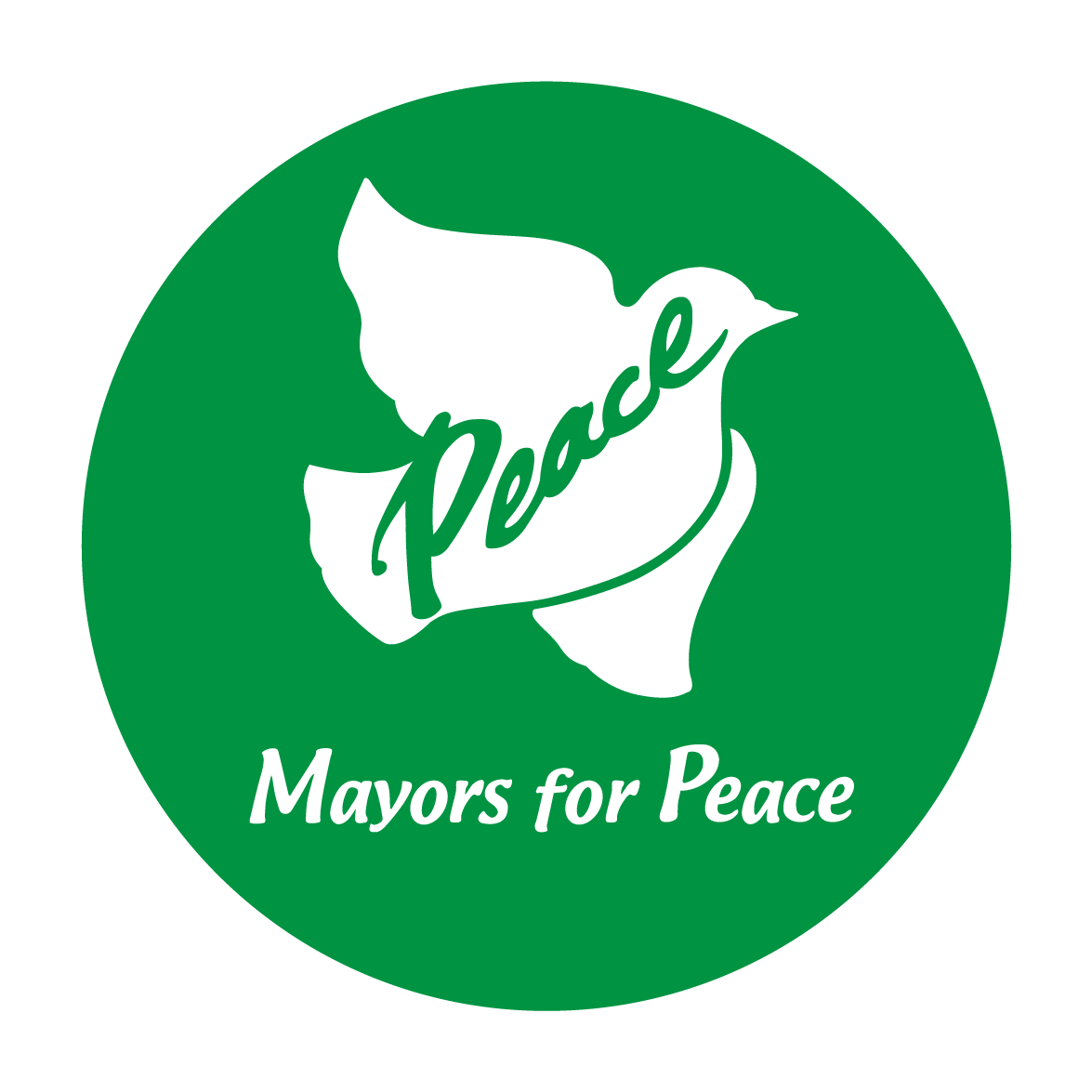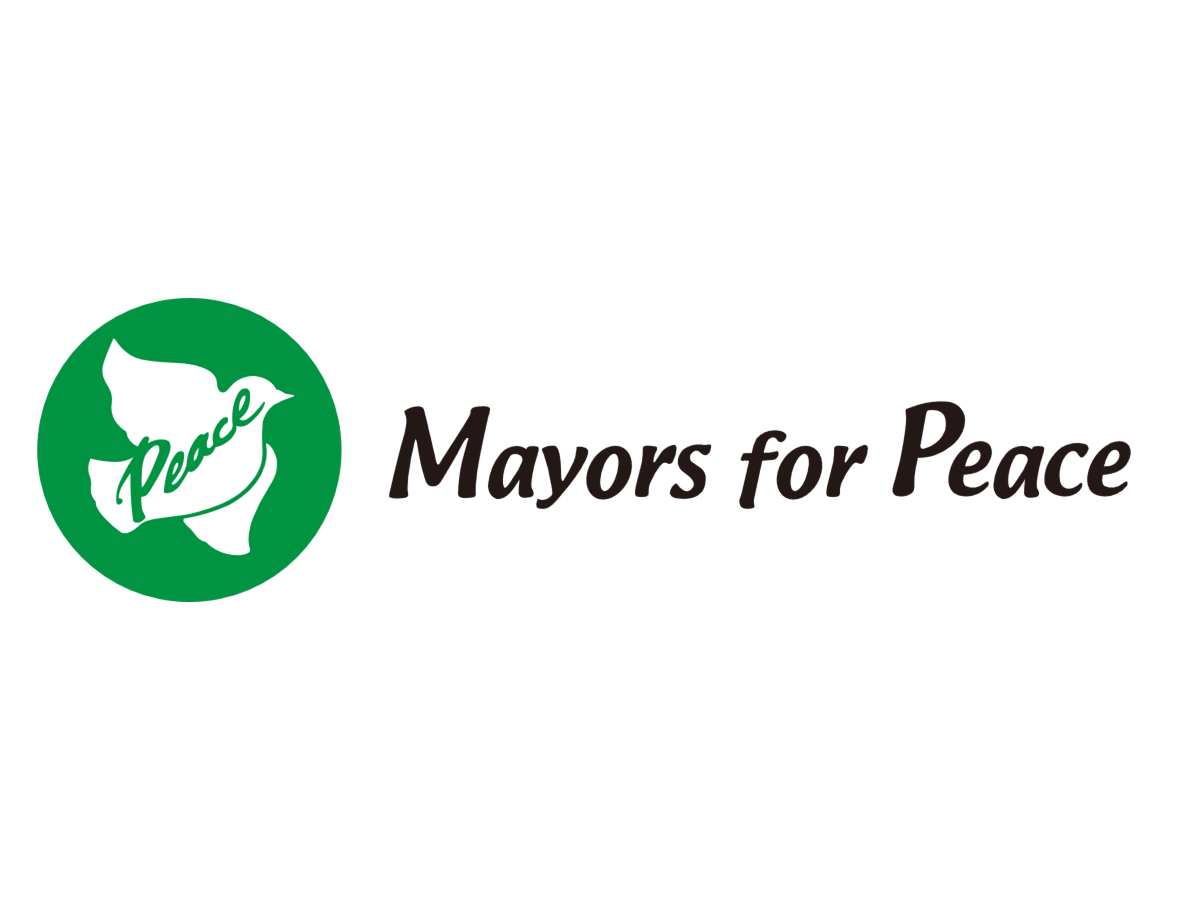1. Purpose
Since 2003 Mayors for Peace has been conducting an Emergency Campaign to Ban Nuclear Weapons promoting participation in the NPT Review Process and demanding that the States Parties immediately reduce the operating status of nuclear weapons and begin concrete, good-faith negotiations toward a Nuclear Weapons Convention by 2010 and the total abolition of nuclear weapons by 2020.
With non-nuclear-weapons states pressing hard for disarmament and nuclear-weapon states resisting at every turn, the NPT Review Conference in May 2005 failed to produce any progress whatsoever. Thus, the only international agreement regarding the abolition of nuclear weapons is on the verge of collapse. ‘Attitude’
Against this backdrop, the 6th General Conference was designed to evaluate the results of the NPT Review Conference and adopt basic principles and plans to guide future activities. A plan was adopted for what we are now calling the2020 Vision Campaign.
The General Conference was held from August 4 to 6, 2005. The venue was the International Conference Center Hiroshima, and the sponsors were Mayors for Peace and the city of Hiroshima, with support from Hiroshima Peace Culture Foundation, Hiroshima Prefecture, City of Nagasaki, Nagasaki Foundation for the Promotion of Peace, Nagasaki Prefecture, National Council of Japan, Nuclear Free Zone Local Authorities, NGO Committee on Disarmament, Inc., Parliament Association for Promoting International Disarmament of Japan, United Nations Association of Japan, United Nations Information Centre, United Nations Institute for Training and Research Hiroshima Office for Asia and the Pacific, United Nations University.
The theme of the conference was What Cities Can Do to Abolish Nuclear Weapons- toward a nuclear weapon-free world by 2020. The keynotes speakers for the opening ceremony were Canadian Senator and Chair of the Middle Powers Initiative Douglas Roche and Sophia University Professor and Former Permanent Representative and Ambassador Extraordinary and Plenipotentiary of Japan to the Conference on Disarmament in Geneva, Switzerland Kuniko Inoguchi.
Plenary sessions and workshops were as follows:
Plenary Session I Current Status and Prospects for Nuclear Abolition – evaluating the 2005 NPT Review Conference – chaired by Dr. Toshiki Mogami, professor at International Christian University. The featured speaker was Disarmament Consultant and Veteran of the International Campaign to Ban Anti-Personnel Landmines Susan Walker.
Plenary Session II The Total Elimination of Nuclear Weapons
Next Steps for Mayors for Peace- what mayors and citizens can do to abolish nuclear weapons- again chaired by Professor Mogami
Section Meeting I International Cooperation for the Abolition of Nuclear Weapons- partnership with NGOs and national governments-chaired by Alyn Ware, consultant for IALANA (International Association of Lawyers Against Nuclear Arms)
Section Meeting II Peaceful Resolution of Conflicts and the Atomic Bomb Survivor’s Message-chaired by Dr. Motofumi Asai, President of the Hiroshima Peace Institute
Public Session What must we do to abolish nuclear weapons by 2020? – chaired by Dr. Nobuo Kazashi, professor at Kobe University and executive director of the Global Campaign to Ban DU Weapons
2. Participants in the Conference included:
-144 non-Japanese representing 54 cities and 4 mayoral organizations in 19 countries
-61 Japanese representatives from 38 cities
– 18 national government officials from 14 countries (including the European Parliament)
– 20 representatives of 7 non-governmental organizations
Total participation was 243 registered attendees plus an undetermined number of Hiroshima residents, who attended the open meetings. Approximately 500 people attended the opening ceremony. The Fourorganizations were the US Conference of Mayors, the British Association of Nuclear-Free Local Authorities, National Association of Italian Municipalities and International Association of Peace Messenger Cities.
This Conference took four important steps. First, the participants approved four new Vice President Cities. The new vice president mayors and cities are: Donald L. Plusquellic, Akron (U.S.), Gary Moore, Christchurch (New Zealand), Leonardo Domenici, Florence (Italy) and Patrik Vankrunkelsven, Laakdal (Belgium). The Mayors for Peace secretariat feels extremely lucky to have these new executives. All are strong and enthusiastic supporters of the Conference with important resources and capabilities to contribute.
Second, the participants approved the 2020 Vision Campaign. This campaign, originally called an Emergency Campaign to Ban Nuclear Weapons, was approved by the Executive Committee in 2003 and launched in November that year. At this conference, Mayors for Peace has declared itself to be conducting a full-scale, long-term campaign, now called the 2020 Vision Campaign, with the goal of eliminating nuclear weapons by 2020. This campaign is now, with the approval of the General Conference, the primary, structuring activity of Mayors for Peace. (See Campaign Plan)
The third important step was acceptance of the fact that the 2020 Vision Campaign has taken Mayors for Peace beyond the ability of Hiroshima and Nagasaki to support it alone. The participants repeatedly expressed their conviction that the campaign should proceed and that Hiroshima and Nagasaki should not be forced to support the campaign alone. The budget presented and approved by the Conference is contingent on the receipt of funds from sources other than Hiroshima and Nagasaki, and many mayors and other allies were quick to express their willingness to contribute or assist in the fundraising effort.
Finally, in the closing ceremony, the Conference participants adopted a strong, meaningful Hiroshima Appeal. This appeal and the other decisions made during this conference have set Mayors for Peace on a new course. Our mission now is to create a powerful, high-profile global campaign to liberate the world from the threat of nuclear annihilation. We have no illusions about the struggle ahead, but we cannot give up. It is our duty to the hibakusha, our citizens, our children and all future generations to bequeath to them a genuinely peaceful world free from nuclear weapons.

